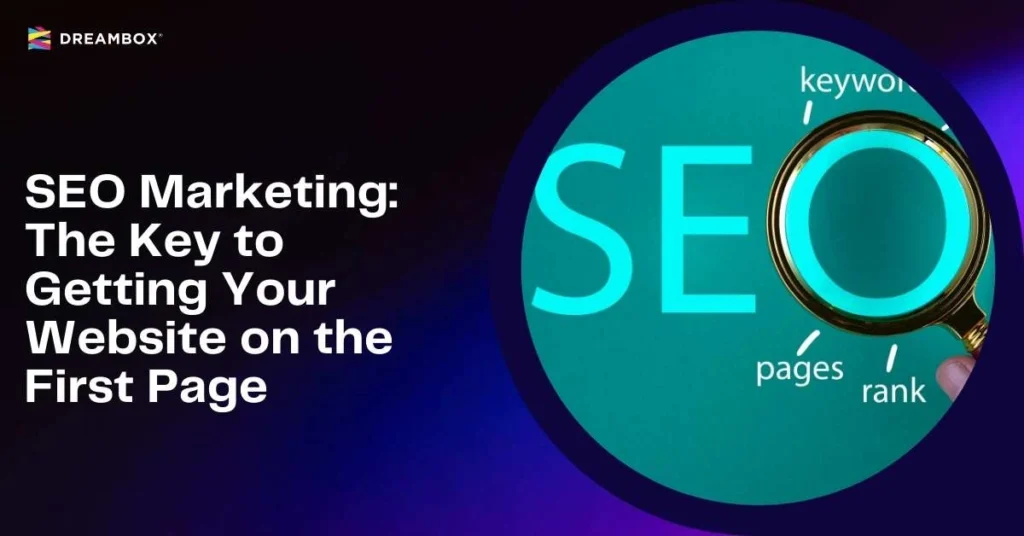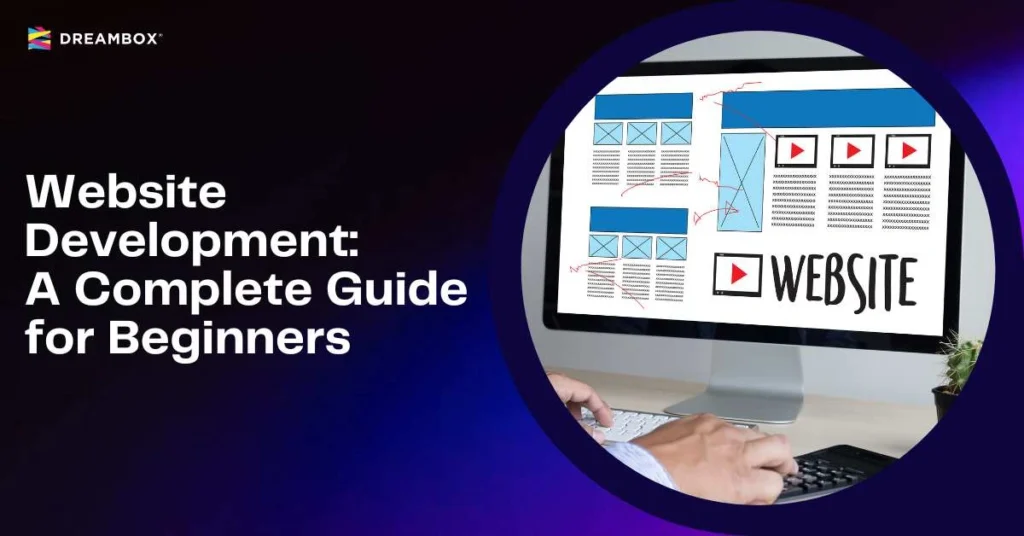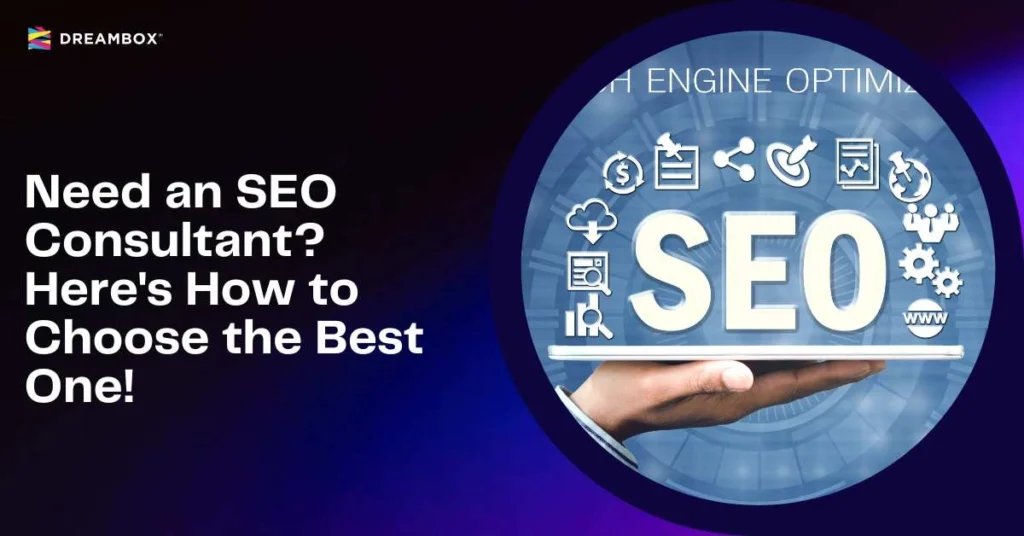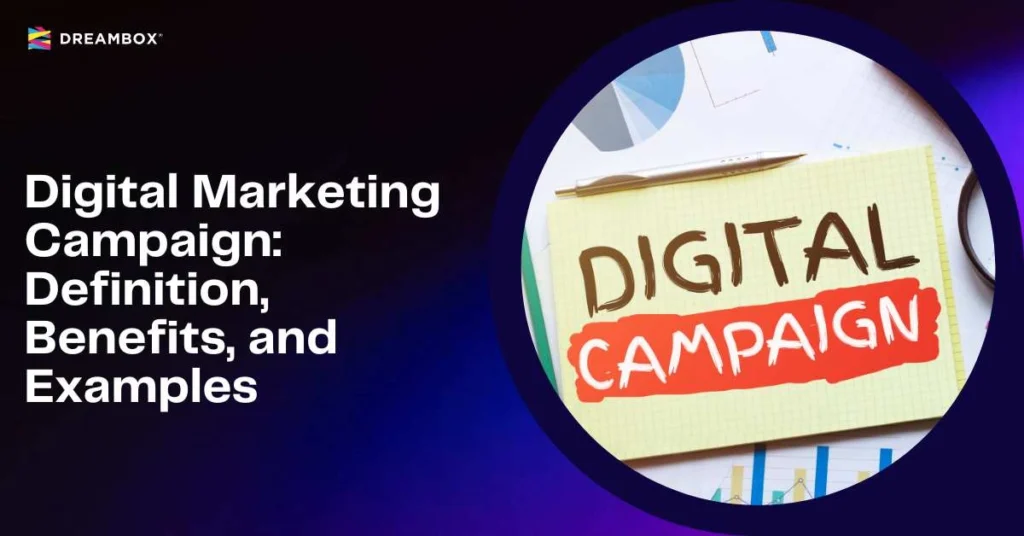Why is AIDA important in marketing strategy?
Understanding consumer behavior is the key to success in competitive marketing. AIDA marketing is a highly effective framework for attracting attention, generating interest, building desire, and ultimately driving purchase action.
AIDA stands for Attention, Interest, Desire, and Action. This model helps companies understand how to influence consumers at every journey stage.
But how does AIDA work? And how important is this model in developing a marketing strategy? Let’s discuss.
How AIDA Works in Marketing
The AIDA model consists of four interrelated stages. Here’s an explanation of each stage:
1. Attention
This stage focuses on capturing an audience’s attention that is typically distracted by various media. At this stage, your content must be able to capture attention with a unique and salient message.
Schedule a free 30-minute branding consultation session with our experts.
Example: Use eye-catching visuals, compelling headlines, or creative videos on social media. For instance, a YouTube video ad that starts with a curious question.
Tips for this stage:
- Use headlines that are relevant and powerful.
- Use attention-grabbing colors, designs, or graphic elements.
- Consider the platform you are using to match your audience.
2. Interest
After capturing attention, the next step is to build interest. You must provide relevant information about the audience’s needs or problems at this stage.
Example: Offer more information about the uniqueness of your product through blogs, e-books, or infographics.
Tips for this stage:
- Create informative content such as engaging articles or how-to guides.
- Provide reasons why your product is relevant and superior to the competition.
- Use storytelling to help your audience relate to your message.
3. Desire
The third step is to build consumer desire for your product or service. This can be done by showing real benefits, customer testimonials, or product demos.
Example: A burger commercial showing each bite’s deliciousness, or video testimonials from satisfied customers.
Tips for this stage:
- Show the benefits or value of your product.
- Include positive reviews or testimonials from customers.
- Include an exclusive offer to create urgency.
4. Action
The final step is to ensure that your audience takes the action you want them to, such as buying a product, signing up, or sharing your content. A clear and effective call to action (CTA) is key.
Example: A prominent “Buy Now” button or a limited-time offer like “30% off today only!”
Tips for this stage:
- Use clear and specific CTAs.
- Create a sense of urgency to encourage immediate action.
- Make the purchase or sign-up process easy.
Examples of Using AIDA in the Real World
Here are some examples of how AIDA is used in different industries:
1. E-commerce
A clothing brand starts with a Facebook ad (Attention), builds curiosity with an “exclusive new collection” video (Interest), adds customer reviews (Desire), and offers free shipping (Action).
2. Culinary
A fast-food restaurant ad with the tagline “Hungry? Let’s Try Our Special Menu” (Attention), enticing food visuals (Interest), discount coupons (Desire), and an “Order Now” button in the app (Action).
3. Technology
SaaS startups use informative content blogs about solutions to the audience’s business problems (Interest), offer a free trial of their platform (Desire), and invite users to upgrade to the premium version (Action).
Benefits of Using AIDA Marketing
Why is AIDA relevant to your business? Here are some of the key benefits of AIDA Marketing:
- Increase sales: By guiding customers through each stage of the decision process, businesses can more effectively drive purchases.
- Create more targeted content: AIDA enables you to understand customers’ needs at every stage of their journey.
- Simplify campaign planning: The AIDA framework gives marketing teams a more structured approach to strategy.
- Effective across multiple media: AIDA can be applied to social media, email marketing, websites, and even offline campaigns such as billboards or flyers.
How to Integrate AIDA into Your Strategy
If you want to start implementing AIDA into your marketing strategy, here are the steps you can follow:
- Know your audience well: Use data and research to understand your audience’s needs, pain points, and preferences.
- Create a Specific Offer: Make sure your message is relevant to each stage of the AIDA model.
- Use effective visuals and copy: Your visuals and copy should be tailored to attract attention and keep the audience engaged.
- Analyze and Evaluate Results: Monitor the effectiveness of your campaign at every stage to ensure optimization. Customer habits in the digital world change frequently, so be sure to analyze and update your strategy constantly.
The AIDA model is a proven, effective solution for creating powerful marketing messages from the beginning to the end of the customer journey.
By understanding and optimizing each stage—attention, Interest, Desire, and Action—you can more effectively reach your audience, increase conversions, and ultimately grow your business.
Dreambox offers services that can be tailored to your business needs, such as branding strategy. Contact us and get the right marketing and branding strategy for your business!










